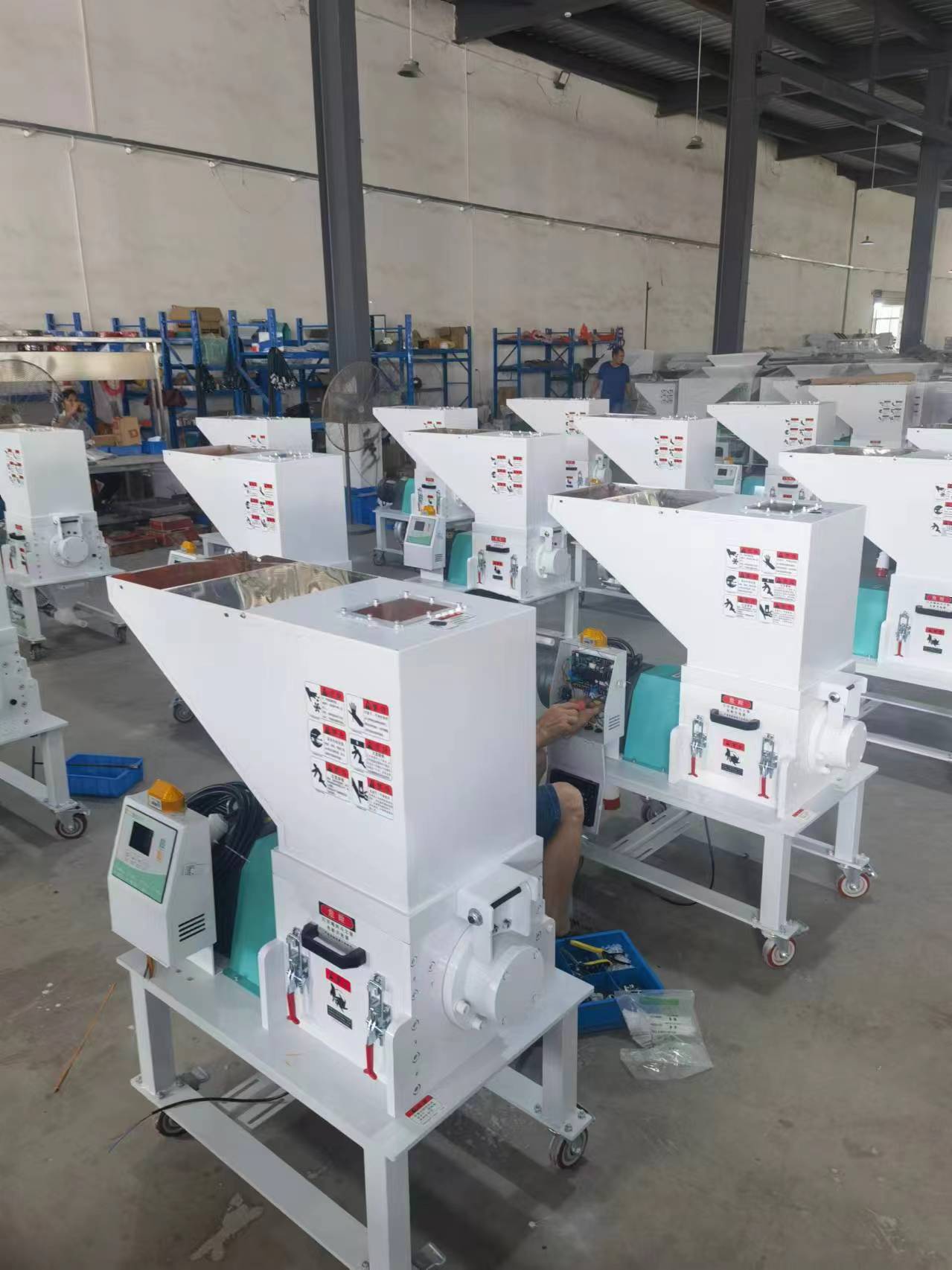Slow-speed shredders are highly efficient machines designed to break down various materials into smaller, more manageable pieces. With their unique features and capabilities, these shredders find wide-ranging applications across industries. In this article, we will explore the functionality, applications, and processes involved in slow-speed shredding.
Functionality:
Slow-speed shredders operate at a reduced rotational speed compared to traditional high-speed shredders. This deliberate design choice allows for more controlled and efficient material processing. The shredder's slow-speed rotation and high torque enable it to handle tougher and more resilient materials.
Applications:
Waste Management: Slow-speed shredders are widely used in the waste management industry, where they prove invaluable for processing municipal solid waste, industrial waste, and bulky waste. These shredders can reduce the volume of waste, facilitate sorting, and prepare materials for further processing or recycling.
Biomass and Organic Waste Management: Slow-speed shredders play a crucial role in biomass and organic waste management. They efficiently process green waste, agricultural residues, wood waste, and other biomass materials, producing shredded material suitable for composting, anaerobic digestion, or biomass energy generation.
Recycling and Resource Recovery: Slow-speed shredders help in recycling initiatives by breaking down various materials such as plastics, paper, cardboard, and electronic waste. By shredding these materials into smaller particles, they facilitate sorting and enable the extraction of valuable resources for further recycling and reprocessing.
Construction and Demolition (C&D) Waste Processing: Slow-speed shredders are utilized in C&D waste processing facilities to handle mixed construction debris. They reduce the bulk of mixed materials, including wood, concrete, metal, and plastic, allowing for easier separation and recycling.
Processes:
Slow-speed shredders employ cutting blades or hammers that rotate at low speeds, typically between 20 to 100 revolutions per minute. As the material is fed into the shredder, the blades or hammers effectively tear, shear, and break it down into smaller pieces. The resulting shredded material can have a consistent size depending on the specific shredder configuration.
Additionally, slow-speed shredders often incorporate sophisticated screening and sorting mechanisms to separate the shredded material by size or type. This enhances the overall efficiency of the shredding process and provides additional options for material utilization.

Slow-speed shredders play a vital role in waste management, organic waste processing, recycling, and the recovery of valuable resources. With their controlled and efficient shredding capabilities, they significantly contribute to reducing waste volumes, facilitating sorting, and enabling the utilization of materials for recycling or energy recovery. As industries continue to prioritize sustainability and resource efficiency, slow-speed shredders will remain essential machines in various applications that involve the processing and management of diverse materials